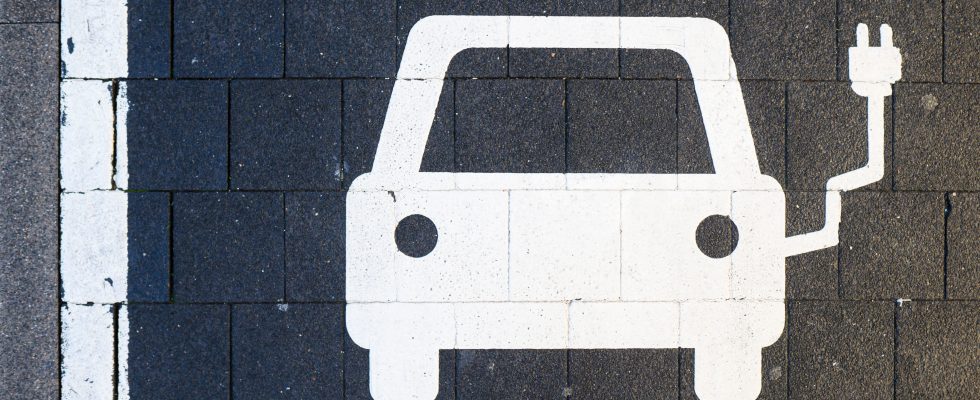Electric charging is a young, but strategic industry in the context of the ongoing energy transition. The offer is no longer in its infancy like it was a few years ago. But the ecosystem is not yet stabilized. It is divided between the big historical players, well-structured challengers and young shoots whose mortality rate is quite high. The market has enough to whet the appetite: the penetration curve for electric vehicles is set to grow faster than that for charging stations, which is both a major infrastructure problem and a source of opportunities. Tesla had once again understood this before the others, as illustrated by this recent announcement: General Motors and Ford will pay their rival to allow their vehicles to access the Californian’s network of “superchargers”.
In this universe whose borders are still blurred, Kempower is one of the outsiders already in place, capable of manufacturing and supplying equipment and fast charging solutions for electric vehicles. The offer of this Finnish company ranges from the traditional terminal for private vehicles to chargers for utilities and even what does not roll, such as the electric ship. It also includes a software layer, maintenance and energy management. On the other hand, Kempower is neither the installer nor the operator of the system. The Nordic countries are naturally the first playground for the company, which thus benefits from the lead taken by the region in terms of decarbonization. Like many of its compatriots, Kempower has favored the local expansion of its production capacities around its headquarters in Lahti.
The rise of bus fleets and freight vehicles
The group focuses on direct current (DC) fast charging stations, i.e. offering at least 50 kW of power. Electric vehicle users are well aware that fast charging is the future. In any case outside the home or the workplace. The company estimates that the number of DC terminals in Europe and the United States should increase by an average of 26% per year until 2030, from 234,000 to approximately 1.6 million. This expansion will rely on the private vehicle network, but even more so on the growth of bus fleets and freight vehicles. For example, since last summer Kempower has equipped the largest electric bus depot in Scandinavia, capable of recharging 121 vehicles. The establishment in the United States, promising, is a powerful driver of growth.
Given its relatively recent creation, the historical decline in financial performance is limited. However, the company crossed the threshold of profitability in 2021, before improving its performance the following year by signing an initial net profit of 3.6 million euros, for a turnover of 104 million. A performance that was all the more solid as the period was still marked by shortages of components. Kempower is still consuming cash, as its free cash flow negative. But the situation should change as early as 2025, when cash generation should start to be comfortably positive. In the shorter term, sales should be between 240 and 270 million euros this year, for an operating margin of between 5 and 10%. The objectives were raised last April, after a solid start to the year.
The Finn thinks he will be able to generate 750 million euros in turnover per year at the earliest in 2026 and at the latest in 2028, while aiming for a 10 to 15% operating margin. The earnings multiple would then be around 20 to 25, against stratospheric levels currently. The quality of the economic model, reinforced by the backing of the Kemppi family group, has indeed not escaped investors, who like these small, well-managed manufacturers. If the group follows the development plan it has drawn up, there may still be time to jump on the bandwagon, bearing in mind that the sector is still under construction.
